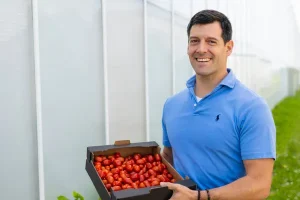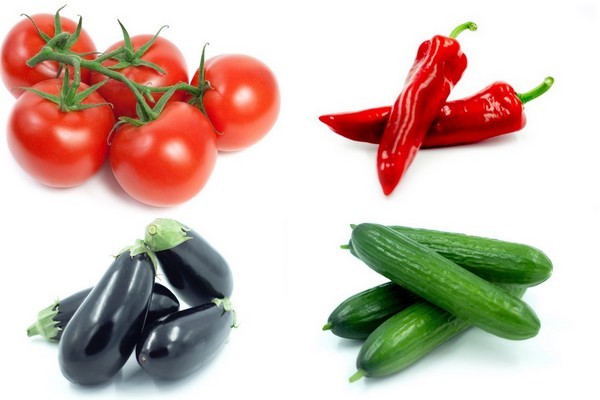Tomato Brown Rugose Fruit Virus (ToBRFV) has posed a significant threat to tomato growers worldwide, including those in Spain. This highly transmissible virus reduces yields, compromises fruit quality, and can spread through soil, tools, water, and human contact. To address this challenge, Hazera has developed ToBRFV IR (Intermediate Resistance) varieties, providing an effective solution that balances protection and performance.
Market Evolution Before ToBRFV-Resistant Varieties
Before the introduction of ToBRFV-resistant varieties, markets had varied reactions to the virus. Infected regions saw growers shift from one long annual cycle to two shorter cycles in an attempt to manage the disease. Initial efforts focused on field-tolerant varieties, but as infection levels increased, it became clear that more robust resistance was needed. Seed companies responded by developing and releasing resistant varieties, prompting growers to transition from their traditional choices to these new, resilient options.
Impact on the Market
The arrival of ToBRFV had different impacts depending on the region and cultivation methods. Greenhouse production was more severely affected than open fields, highlighting the virus’s greater impact on intensive agricultural systems. As susceptible varieties were phased out in favor of resistant ones, the overall area dedicated to tomato cultivation remained stable.
Challenges for Growers
Growers experienced significant losses in marketable yields, often having to conclude crop cycles two months early due to the virus’s weakening effects on plants. Early infection led to the removal and replanting of crops, necessitating constant adaptation and increased costs. These challenges underscored the urgent need for effective ToBRFV-resistant varieties.
Hazera’s Development Process
Hazera invested over a decade of research and significant resources into developing high-resistance varieties without compromising performance. This involved collaboration between breeders, phytopathologists, and geneticists, using advanced tools and technologies. Thousands of potential resistance sources were screened, followed by rigorous validation through bioassays. Parental lines and hybrids were then developed and tested extensively across various markets to ensure both resistance and agronomical performance.
Dominant Varieties in Spain
In the Spanish market, Hazera’s Mini Plum varieties like Pendragon and Windsor have become dominant. These varieties are highly productive, efficient in harvesting, and maintain excellent fruit quality and shelf-life, even in the presence of ToBRFV. Other varieties, such as Camelot, remain popular in regions with lower infection rates. Growers continue to test new ToBRFV-resistant varieties, particularly in short cycles and areas free from the virus.
Benefits of Hazera’s Varieties
Hazera’s ToBRFV-resistant varieties offer several key benefits:
- High yield potential with minimal waste.
- Good quality fruits with extended shelf-life when harvested at optimal maturity.
- Strong resistance to ToBRFV infection.
Current Grower Preferences
Today’s tomato growers prioritize resistance and performance, seeking varieties that remain symptom-free while meeting high standards for yield, size, and quality. Hazera’s commitment to not releasing inferior varieties ensures that growers receive only the best-performing options.
Perception of Hazera’s Varieties in Spain
Hazera’s contributions extend beyond resistant varieties; they also provide vital education on virus management. The Hazera team has been proactive in sharing research findings and best practices, emphasizing the importance of starting with a clean, disinfected environment, using resistant varieties, and maintaining rigorous hygiene in greenhouses. This approach has earned Hazera a reputation for reliability and excellence, with many growers recognizing their efforts and actively seeking their seeds and expertise.











